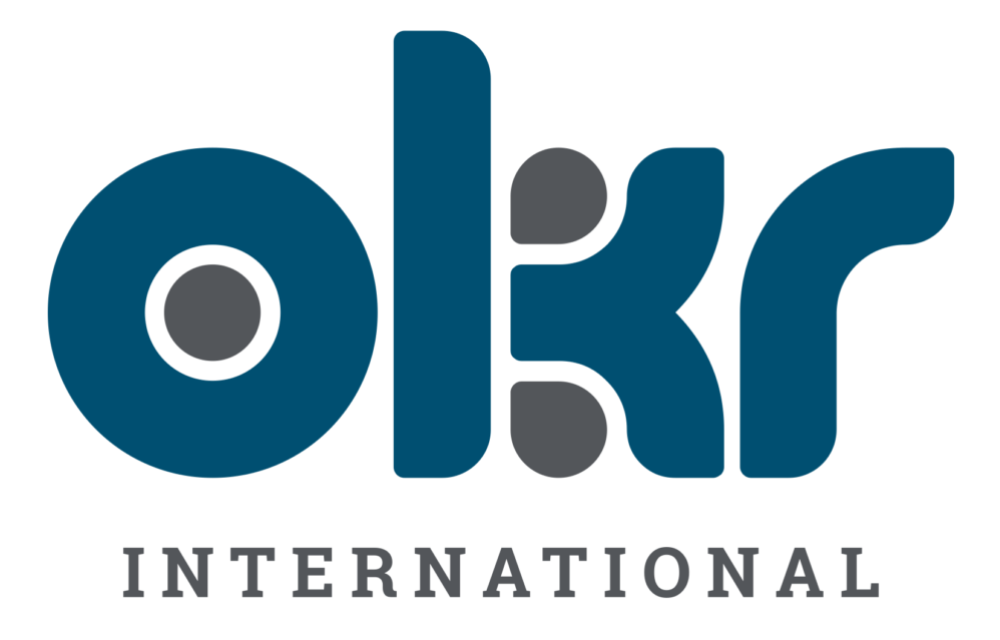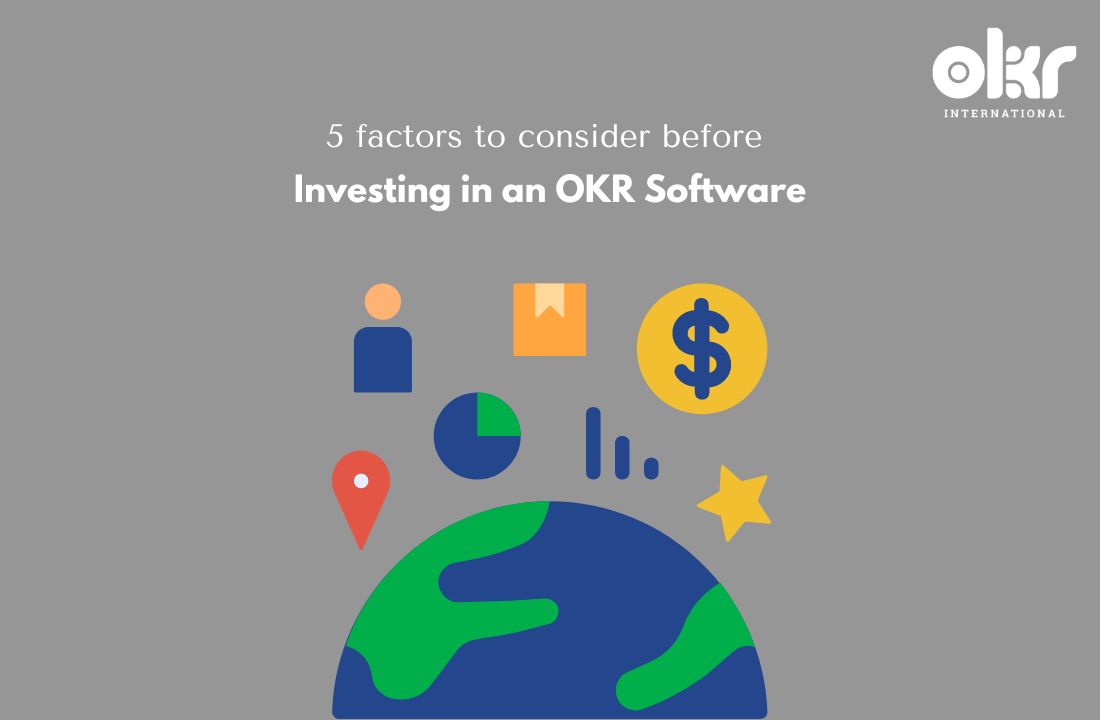An OKR software should follow your OKR Framework. This means, get your OKR process sorted first before you go hunting for a good software.
This article will help you with 5 most critical factors to consider before you select an OKR software for your organisation.
Are you buying OKR software first before fully understanding OKRs?
It’s best to implement OKRs for a month for a section of your business. Learn about what works, what doesn’t and what kind of data is important for your organization, and you can do that all by using basic tools such as Notion, Google sheets or good old Excel. Once you realize that you have to scale the users to more than twenty users, then it’s time to pick a software.
Most OKR software companies have in-house OKR experts. Do ensure that you enlist them to help you succeed with OKRs and not just with the software. Succeeding with the OKR software, does not mean succeeding with OKRs. This requires you to do more than just launching a software.
Are you looking to link OKRs with Performance Management & Rewards?
If Yes: Pick that OKR software from our OKR Software Marketplace that was built from or with Performance Management Modules. There are many of them. Unfortunately, some performance management systems masquerade as OKR software, which becomes very confusing to use.
If No: Don’t purchase a PMS+OKR software. Since it will send mixed signals to your employees. Look for true-blue OKR software that advocate not-linking OKRs. There are a few good ones (and they are impressive)
How do I connect them to my tech stack?
Good OKR software have all integrations. You can check-in your OKRs via Google Sheets, Gmail, Outlook, PowerPoint, Slack, and many other modes. These are highly convenient features. Many OKR software don’t have good mobile Apps. Certainly, take a separate demo for just the mobile app and compare it to the Desktop version. Ensure that there is not much of a difference.
What should you pay?
The lowest we have seen an OKR software charge is $0.5 per user per month.
We have seen OKR software been given for free as well- but with trimmed down features or for limited users. That’s just as good as a Google Sheet. There are a few OKR software that charge an annual enterprise fee which is not dependent on number of users. This allows for a lot of flexibility.
We have seen them being sold at $17 per user per month as well, based on the customization and inbuilt features. They could also charge you separately for OKR services, which include helping you start with OKRs, training Super Users and ongoing maintenance, technical and customer support.
What should the user effort be?
Count the number of clicks and time it takes to:
- Write an OKR and publish it
- Update an Objective and its KR
- Link an OKR with another
- Ease in seeing others’ OKRs
- How easy it is to collaborate
- A place where you can store learnings and updates from cadence reviews and retrospectives
- How much of AI and ML tech is used?
- Being able to update OKRs on the go (via mobile app or via integrations)
The user should be able to create OKRs for Teams, Departments, Cross Functional Teams and hence be able to create OKR sets as they wish them to be.
There should be a quick access BOT that helps them connect with a stakeholder or to an OKR coach.
The tool should calculate the Customer Effort Score and see if it improves over time.


